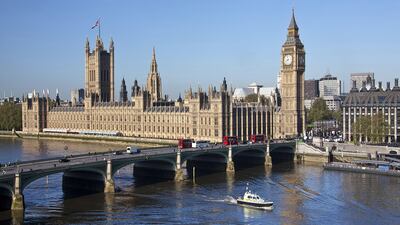More than three years into the COVID-19 pandemic, the public health emergency (PHE) is finally ending. The first PHE was declared in early 2020, and it’s been renewed every 90 days since. However, President Joe Biden recently announced that the current PHE – scheduled to expire 11 May – will not be extended.
Biden’s decision means the administration believes the pandemic has moved to the endemic stage, similar to the seasonal flu, a view supported by data from the US Department of...
Read the full article – start your free trial today!
Join thousands of industry professionals who rely on Medtech Insight for daily insights
- Start your 7-day free trial
- Explore trusted news, analysis, and insights
- Access comprehensive global coverage
- Enjoy instant access – no credit card required
Already a subscriber?







